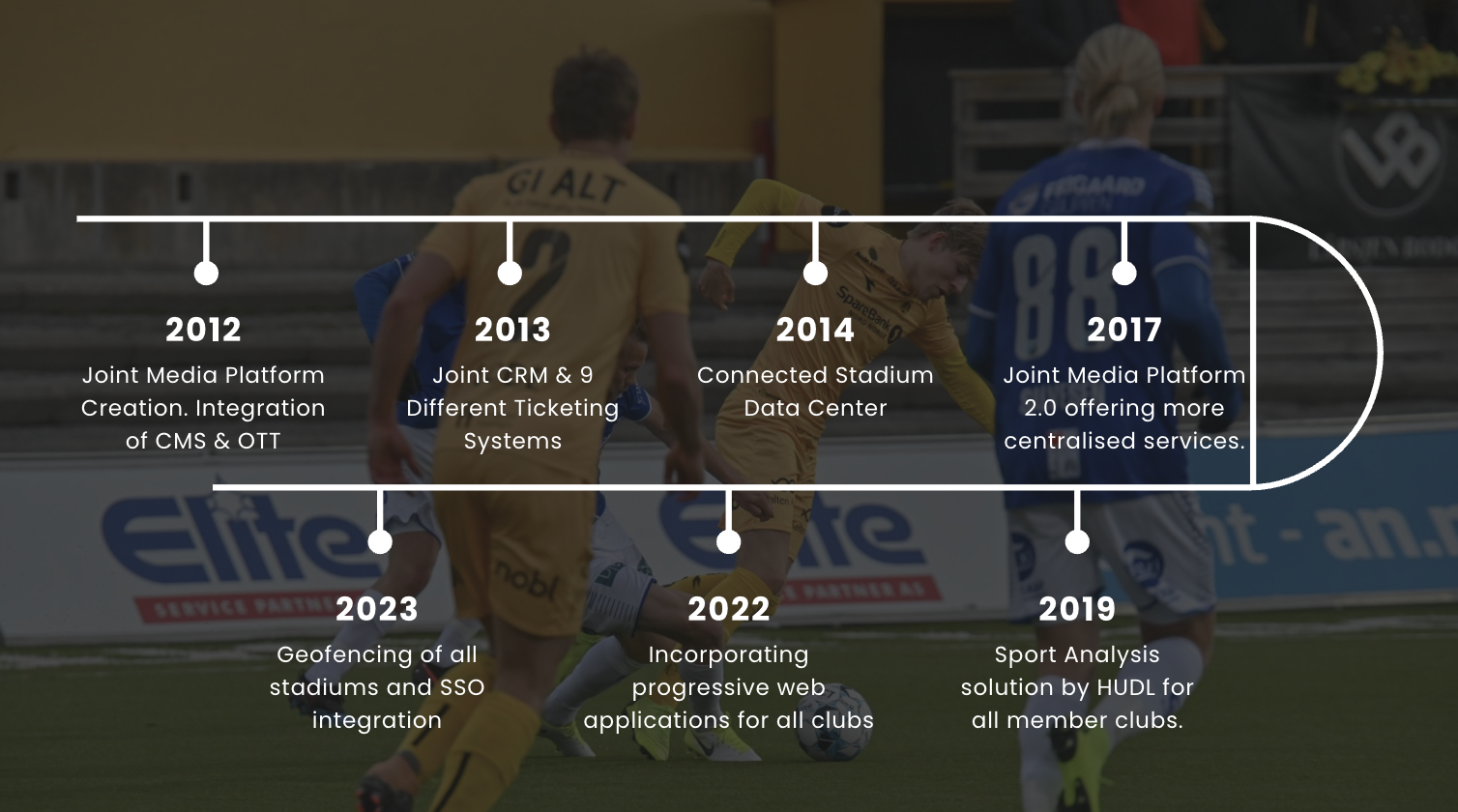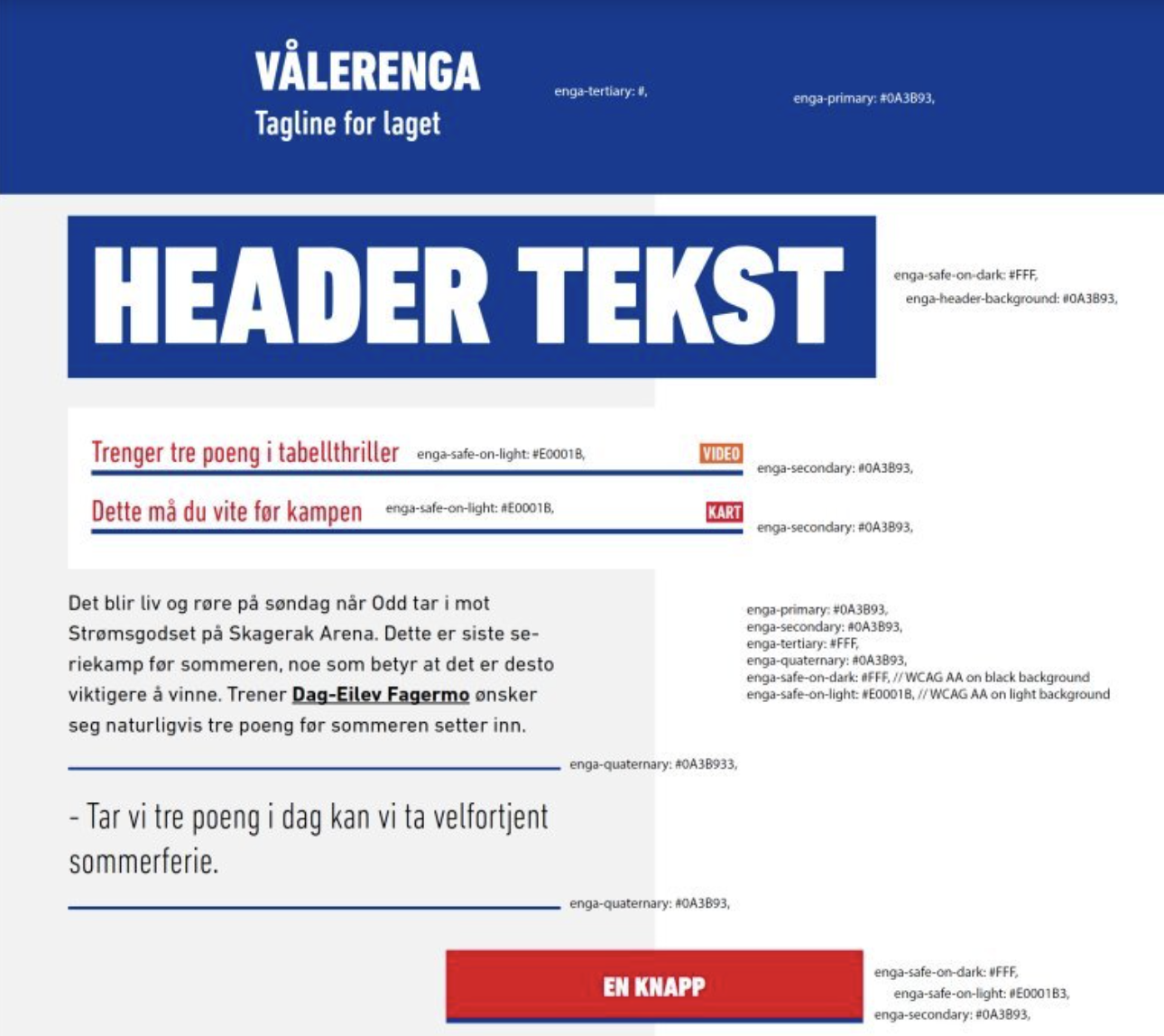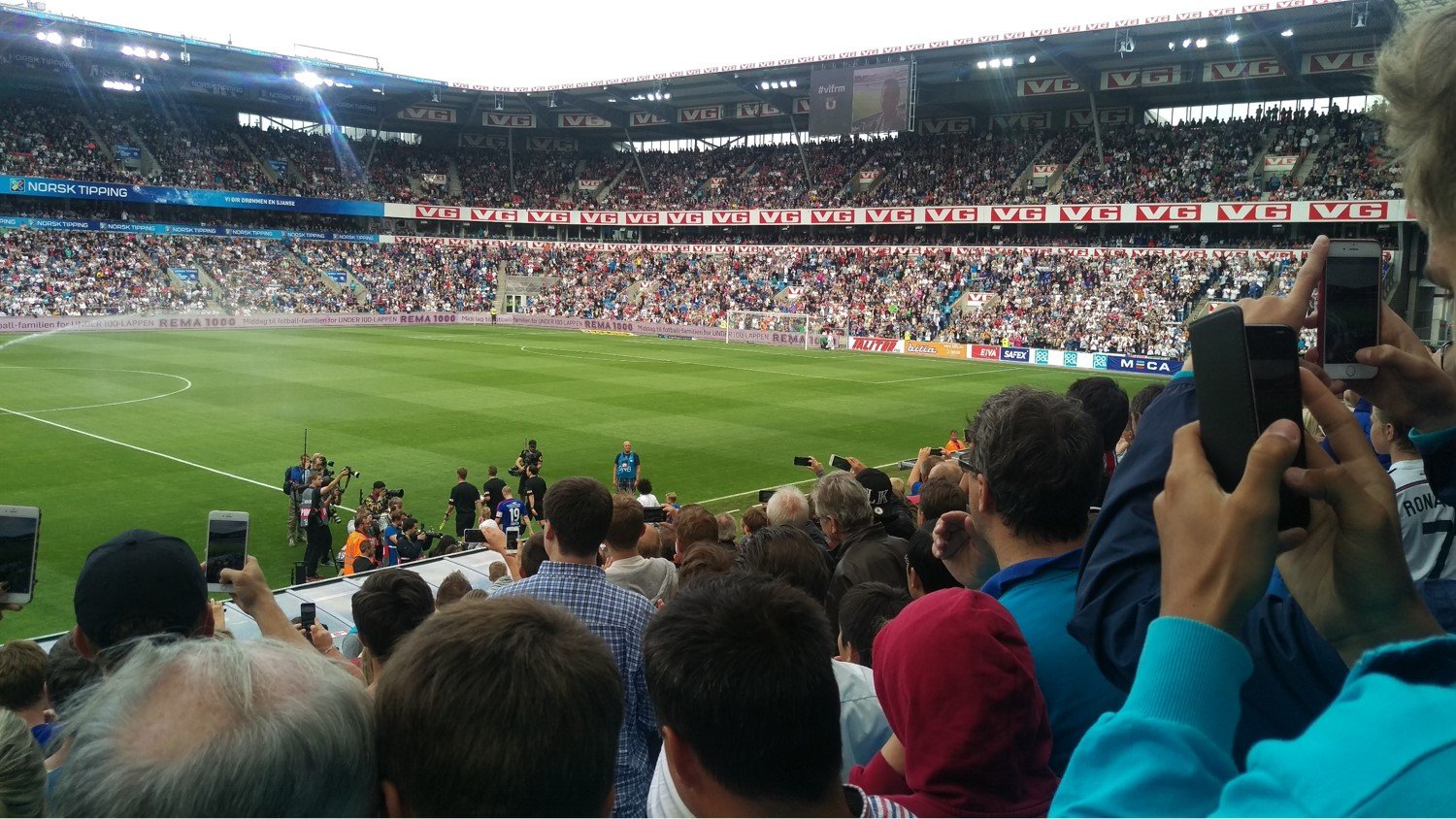Interview with Thomas Torjusen,Head of Media, Technology and Chief Digital Officer at Norsk Toppfotball/Norwegian Professional Football League
Digital technologies open up growth opportunities for sports organisations, offering them the potential to connect further with fans through innovative and personalised experiences, improve internal processes, or enhance sports performances.
As clubs and leagues embrace digital innovations, we're witnessing an exciting era of football where the virtual and the real seamlessly converge, offering fans, players, and stakeholders an immersive and dynamic experience like never before.
For our latest interview, we had the honour of welcoming Thomas Torjusen, Head of Media, Technology and Chief Digital Officer at Norsk Toppfotball, who provided a unique insight into the centralisation strategy of a professional football league, how this strategy came to fruition over the last decade and the various digital initiatives that have been rolled out throughout the league to optimise processes and workflows for all concerned stakeholders.
Eliteserien - Digital Transformation
Digital Transformation at Norsk ToppFotball
You’ve been a part of the Norwegian Professional Football League for over 12 years now, overseeing the media and digital verticals. How has the adoption of digital transformation evolved over the years according to you?
This has been a long and very interesting journey. Before I started in the League, I worked with a club for 5 years as head of media and technology, but in 2012 I started to work for the league with the same responsibilities.
Digital Transformation Timeline - Norsk TopFotball
Since 2012 we have created a lot of joint solutions for and together with the clubs. The first solution was a joint mediaplatform for all clubs. This means the CMS, OTT and connection to both relevant statistical player statistics and ad solutions.
In 2013 we started with a joint CRM-system and connected that to the mediaplatform and also integrated 9 different ticketing systems.
In 2017 we created the second version of our media plattform with a lot of upgrades and functionality with a different CMS provider and more control for ourselves.
In 2019 we landed a joint ticketing solution for all our clubs. We also created a joint solution for all our member clubs on sports analysis with the HUDL system.
In 2022 we replaced all the native apps with progressive web apps for all clubs and in 2023 we have been focusing on SSO for all clubs as well as Geofencing of arenas in order to use near to live clips on venues even without using our WiFi.
Thomas Torjusen on how centralising services was the best way to move forward for clubs and the league.
Could you tell us more about the start of the league’s digitisation project that you led/have been leading at Norsk Toppfotball? What was the vision behind it and how was digital transformation as a concept, perceived by the member clubs?
The start was back in 2011 where the clubs agreed on the first joint product - the mediaplatform which we launched in mid 2012.
The vision behind was that as a group we were better suited for the coming digitalization instead of each club doing it by themselves. Both, the clubs and the leagues had the same needs and it was much more rational to do this together. It would be possible to move faster, have better insights as well as share costs for development and have relevant user journeys.
It is always hard in the beginning to have all clubs agree on the fact that we should do joint products, but as soon as all agree in that through an including process - it opens for more joint products.
Norsk ToppFotball’s centralised joint media platform interface - Customised to Vålerenga Fotball’s brand colours.
When you created the joint media platform, what were the main objectives behind it? Additionally, what were some of the challenges you encountered in creating this centralised ecosystem?
The main challenge is to have a process which includes the clubs. This needs to be done before starting with the different solutions.
All clubs had different solutions for their webpages and OTT services. Some changed every year and it was often made without putting the right customer in focus.
Some had nice and relevant pages and others were quite bad. There was high turnover in the clubs and when new people started they often had contacts that had worked with web pages and then the whole solution was changed around every second year. This did not create any foundation for customer journeys and no long plans for digitalization.
How the clubs should commercialise their digital inventory was something we had to spend a lot of time on to develop the right strategy.
Initility Arena - Vålerenga Fotball
Could you share some examples of the recent digital initiatives you have rolled out within the league?
In 2014, we created a connected stadium solution based upon Cisco connected stadium, but we used the contribution network we have together with the broadcaster and then created a datacenter and shared a lot of resources for the different clubs.
The connected stadium provides WiFi on the Venues, connected to the CRM as well as digital signage systems that can be used to manage LED perimeters, giant screens and all smaller screens on the venue.
In the same solution we provide internet for our clubs. Additionally, we also created our own OTT system for near to live clips that delivers them to people in the stadium that are connected to our WiFi 2 to 5 seconds after the event has happened. We also provided native apps for the clubs that were users of the connected stadium.
Eliteserien’s OTT Platform
With respect to broadcasters and media rights, what strategies did you implement to build cohesive relationships with clubs and broadcasters alike?
Interesting question. On the one hand the media platform for clubs and leagues have to have their own life and create value internally. On the other hand we would like our broadcasters to get value for the rights they have bought as well.
On our platform we have a common system for display advertising as well as video advertising. The clubs own their inventory 100% but the league also have placements on all clubs pages that the league has 100% of the inventory on. Inside this area we traffic ads for our media partners.
In addition we put out content marketing for the clubs on our platform in order to help them sell more subscribers. One example is a cooperation where all seasonal card holders as well as ticket buyers get a discounted price on the subscription from the broadcaster.
In our social channels we include information on where to watch the matches as well as share relevant information from the broadcaster.
We also have an option for our users to consent to receive information directly from the broadcaster.
Ullevaal Stadion - Home of The Norwegian National Football Team
How important is it for a league to centralise its services and how could clubs potentially benefit from such an approach from an innovation and growth perspective?
I think this is the only way to move forward. Let the League and clubs work together so they provide the best digital experiences to their fans. Share do and don'ts between the clubs and help each other build a stronger fan engagement and fan base.
The league can then be the natural touchpoint for this - but the clubs must be represented in strategy groups and be a part of the decision process of what’s next.
The clubs will then have a lot of well suited systems to use in order to make their day to day business run smoother.
Enjoyed reading this interview? Explore some of the other interviews from our Digital Transformation Series here - News
Keen on learning more about how to build a centralised strategy for your league? View our services for sports organisations to know how LaSource can be of assistance to you.







